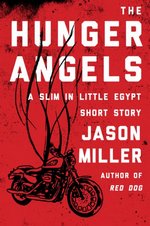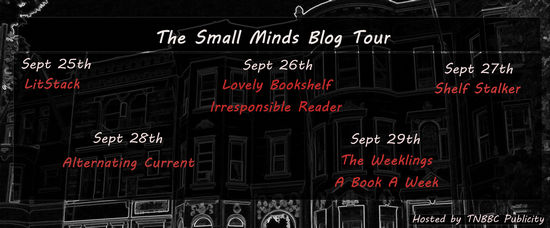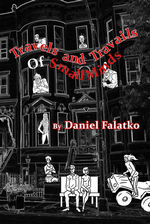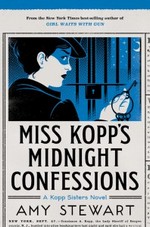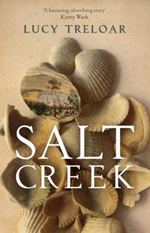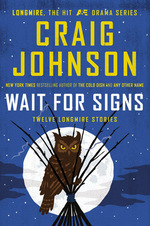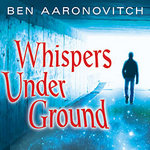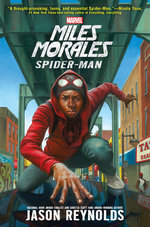 McCall & Company: Workman’s Complication
McCall & Company: Workman’s Complication
by Rich Leder
Series: McCall & Company, #1Kindle Edition, 390 pg.
Laugh Riot Press, 2014
Read: September 29 – October 2, 2017

Kate McCall is an actress struggling to make it — she’s had a few dozen jobs to support her acting (and her son while he was growing up), and is now a building manager, dog walker and off-off-off Broadway actress (I’m probably leaving off a couple of “off”s there). One recurring gig has been helping her father, a private investigator, from time to time.
When Jimmy McCall is murdered he leaves his agency to Kate — which she doesn’t want, she’s not a P.I. ,she’s an actress — just ask her. Nevertheless, she’s driven to see if she can’t figure out what led him to the building he was killed in. Before she knows it, she’s lying to the police about what he was working on that might have led to his murder, as well as getting pretty deep into the investigation herself.
Meanwhile, her father’s lawyer sends a prospective client to her — Teddy Barkowski is a general contractor who is being sued by someone who fell off some scaffolding and injured his back. Kate doesn’t want to take this case, but honestly, the money woos her. Soon she agrees, with internal reservations, to look at the case. After meeting Barkowski’s wife and kids, she’s all in — there’s no way that she’ll let this guy and his lawyer hurt the family. Easier said than done, really — this is one tough nut to crack.
Thankfully, Kate’s not alone — she has two great sources to turn to for help. She’s got the actors, producers, writers and the rest from her theater to pitch in, playing various roles to try to help her get information about the workman’s compensation case. Not only that, many (if not all) of the tenants in the building she manages are friends with Kate and each other. She calls the apartment the House of Emotional Tics and to say that it’s populated by a collection of strange characters, is an understatement. With a variety of particular skills (many of which are legal to exercise), Kate calls upon them to help with her investigation of her father’s death.
Her son, an assistant DA in the city and the homicide detective she starts dating, aren’t nearly as supportive of her new career. In fact, they’re downright discouraging. I wasn’t a fan of almost all the interactions with her son — but his last appearance in the novel won me over. The love interest-detective, on the other hand, I thought worked very well.
This is a light/comedic mystery novel — but it is a mystery novel with strong PI stories, both of which could’ve been told without the comedic elements and made a pretty good novel. But they do work better the way that Leder told them. Basically Kate’s Stephanie Plum with actual skills, or David Ahern’s Derry O’Donnell with a bit more maturity, success in theater, and no psychic abilities. The first-person narration is amusing and crisply written, there are more laughs than tense moments — but all the elements work together and balance each other out well. Occasionally, the goofiness that accompanies the people from the D-Cup theater or the House of Emotional Tics threatens to interfere with the narrative, but it never does — and usually ends up supporting the detective stories. In the end, Kate’s large collection of sidekicks are more like the team that Fox & O’Hare use than Stephanie Plum’s coworkers/family/friends — they aren’t inept, but they can actually accomplish most of what they set out to do (and when they don’t, it’s not because they’re jokes — it’s because they got beaten fair and square).
I’ve compared this to Evanovich enough, how does this compare with Rich Leder’s work? Well, I quite enjoyed Let There Be Linda, and I can say that this isn’t the same kind of book. Linda frequently felt out of control, in a good way, mind you, but you could argue that Leder took a handful of whacky ideas and threw them together in a contained space to see what would happen when they combined with each other. This was just as funny (sometimes more so, sometimes not as much), but felt controlled — there was one strong narrative and a few others that supported it. Characters that were more grounded (note, I said more grounded, not grounded), and some emotional depth to the story/storytelling. I’m belaboring this point to underline the differences in the books because I think it demonstrates Leder’s skill, and because I know that Linda‘s style can be off-putting for some, and I don’t want those people to think that this book should be avoided.
When the reveal of the murderer happened, I was a little annoyed with myself for not catching the clue that tipped her off. I will admit, I noticed the same thing she did, but shrugged it off, assuming it was a problem with the editing. But, naturally, the folks at Laugh Riot Press don’t make flubs like that — it was a genuine clue and I didn’t run with it. Beyond my annoyance with myself for not figuring out the murderer, I rather enjoyed the reveal — and Kate’s ultimate triumph in the other case, too.
A very satisfying, entertaining novel — really funny with real emotion — that introduces you to a cast of characters that you want to spend more time with — thankfully, there are two more books in the series and I hope to return to them soon. Give this one a shot, folks.
Disclaimer: I received a copy of this book from the author in exchange for my honest opinion.
—–


